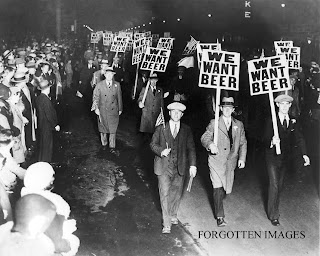


In The Great Gatsby by F. Scott Fitzgerald there are issues between West Egg and East Egg. West Egg represents represents the newly rich such as Mr. Gatsby. East Egg represents the people who inherited their money from there family.
Fitzgerald represents the newly rich as being vulgar, gaudy, ostentatious, and lacking in social graces and taste. Most of the people who are newly rich get there money because they sell alcohol illegally. Gatsby shows off his new money by throwing lots of parties and inviting a lot of people to them.
Fitzgerald represents the newly rich as being vulgar, gaudy, ostentatious, and lacking in social graces and taste. Most of the people who are newly rich get there money because they sell alcohol illegally. Gatsby shows off his new money by throwing lots of parties and inviting a lot of people to them.
He portrays the old money as being graceful, tasteful, subtle, and elegant. They are more reserved then the new money and don't throw giant parties. Some people who are considered old money is Tom and Daisy. Tom likes to control things with his money such as Daisy and Myrtle.
sources- The Great Gatsby by F. Scott Fitzgerald




































